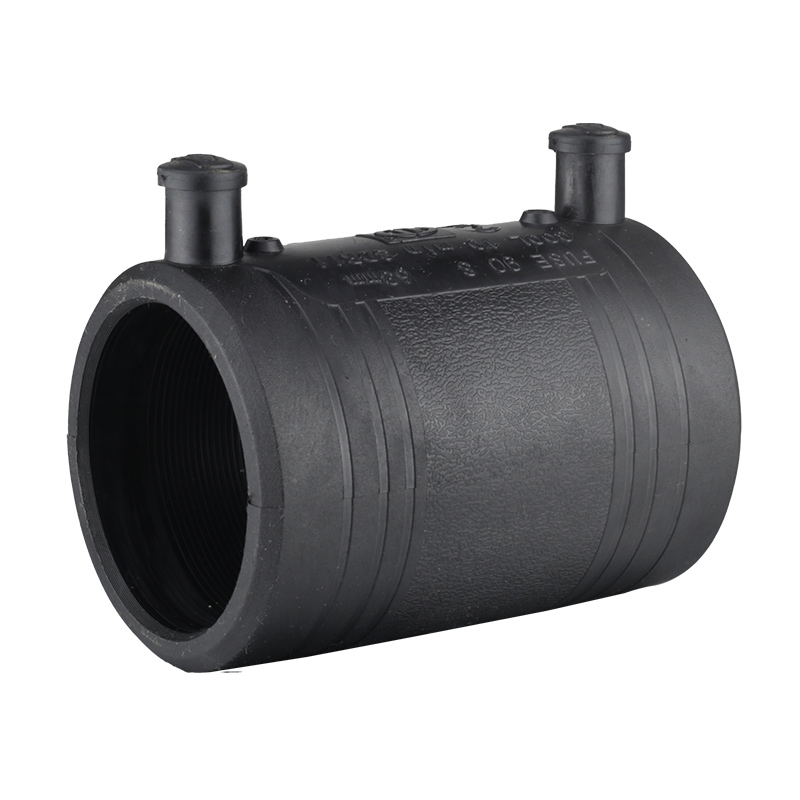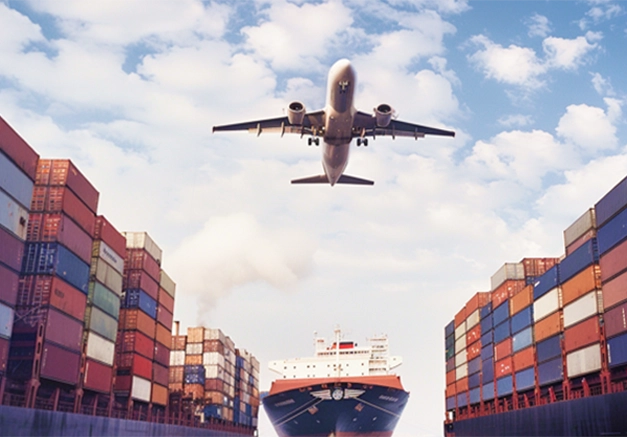In today's fast-paced world, choosing the most efficient mode of transportation is crucial for individuals and businesses alike. With a plethora of options available, ranging from cars and trains to airplanes and bicycles, determining the best transport mode can be a daunting task. In this article, we will delve into the various factors that influence this decision and ultimately unveil the most suitable mode of transportation.
- Efficiency and Speed:
When it comes to efficiency and speed, airplanes emerge as the clear winner. With their ability to cover vast distances in a short span of time, they are ideal for long-distance travel. Air travel not only saves time but also offers unparalleled convenience, especially for international journeys. However, for shorter distances, trains and cars can provide comparable efficiency, considering factors such as traffic congestion and airport security procedures. - Environmental Impact:
In an era of increasing environmental consciousness, the ecological footprint of transportation cannot be overlooked. In this regard, bicycles and electric vehicles (EVs) stand out as the most environmentally friendly options. Bicycles produce zero emissions and promote a healthy lifestyle, making them an excellent choice for short commutes. EVs, on the other hand, reduce reliance on fossil fuels and contribute to a greener future. However, the availability of charging infrastructure and the range limitations of EVs should be considered. - Cost-effectiveness:
Cost is a significant factor influencing transportation choices. While cars offer convenience and flexibility, they come with expenses such as fuel, maintenance, and parking fees. Public transportation, including buses and trains, often provides a more cost-effective alternative, particularly for daily commuting. Carpooling and ride-sharing services have also gained popularity, allowing individuals to share travel costs and reduce expenses. - Accessibility and Convenience:
Accessibility and convenience play a vital role in determining the best mode of transportation. In urban areas with well-developed public transportation systems, buses and trains offer easy access to various destinations. Additionally, ridesharing services and car rentals provide flexibility for those who require occasional private transportation. However, in remote areas with limited public transport options, owning a personal vehicle becomes a necessity. - Safety:
Safety is paramount when considering transportation options. While accidents can occur in any mode of transportation, certain factors contribute to overall safety. Air travel, for instance, boasts rigorous safety protocols and advanced technology, making it statistically one of the safest modes of transportation. Trains, with their dedicated tracks and professional operators, also offer a high level of safety. However, it is essential to prioritize adherence to traffic rules and regulations regardless of the chosen mode of transportation.
Conclusion:
Selecting the best mode of transportation depends on various factors, including distance, time constraints, environmental impact, cost, accessibility, and safety. While airplanes excel in long-distance travel, bicycles and EVs shine in terms of environmental friendliness. Cost-effectiveness can be achieved through public transportation or shared mobility services. Accessibility and convenience vary based on location and individual needs. Ultimately, making an informed decision requires considering these factors holistically and aligning them with personal preferences and circumstances. By doing so, individuals can optimize their transportation choices and contribute to a sustainable future.










+ There are no comments
Add yours